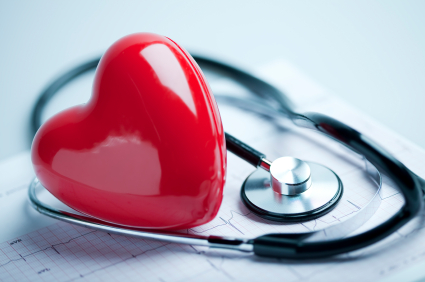
The human heart is the first organ that develops in the embryo in only seven weeks, beating and pumping blood to the fetus. The first thing a doctor checks if you are pregnant is the baby’s heartbeat. Checking the baby’s heartbeat will become part of pre-natal care. I even recorded the first time I got to listen to my daughter Sarah Grace’s heartbeat with my phone. It’s an incredible moment when you hear the sound of life for the first time.
This vital organ is just a pump that continuously pumps oxygen and nutrient-rich blood throughout the body every single day. It expands and contracts and beats 100,000 times per day. It pumps about five to six quarts of blood per minute and about 2,000 gallons per day. (Source: WedMD)
Imagine pumps used for water in homes. If it clogs or breaks down, you will not have a supply of water. You have to take care of the pump regularly to prevent clogging.
To care for our heart, we need to know a little about how the human heart works. Here is a video that shows how the human heart works:
(Source: Science Kids)
According to CDC, heart disease and stroke are leading causes of death in the U.S. and about 2 million heart attacks and strokes are reported each year. An estimated one in every four deaths is due to heart disease. In every 34 seconds someone has a heart attack in America. Every minute someone dies from a heart disease-related event.
The map below is a wake-up call for most of us who live in the red zone:

Here are some common heart problems by name:
Cardiac arrest– when the heart stops beating and blood supply is cut off and makes the person unconscious.
Heart attack– blood supply is cut off because of blood clot and arteries become narrow and blood cannot flow as well as they should. At least a third of heart attacks cases happened without warning. (WebMd) This affects over one million Americans per year. Here are some the symptoms of heart attack:
• Feel like heartburn, fullness
• Nausea, dizziness, vomiting
• Anxiety, extreme weakness, shortness of breath
• Irregular or fast heartbeat
• Discomfort, pressure, pain in the chest, below breastbone or arm
Heart failure– heart is damaged and unable to pump effectively and the body’s tissue does not have enough supply of oxygen, nutrients.
Stroke– blood flow is interrupted to the brain and there is bleeding in the brain. Brain cells can die within minutes without oxygen-rich blood.
Some studies show that women with thin legs and arms but show a heavy midsection are at a higher risk of heart disease. However the deadly formula of heart disease is also in the combination of high blood pressure, high cholesterol and diabetes and obesity.
Disclaimer: This information is not meant to diagnose, prescribe, treat or cure any illness or disease. It’s strictly for informational, educational, or entertainment purposes ONLY. The products I talk about are not meant to diagnose, prescribe, treat or cure any illness or disease. Any information I give you about them is for informational or entertainment purposes only. They have not been evaluated or approved by the FDA. Please seek the qualified health professional of your choice when making health decisions for yourself, your family and your pets.